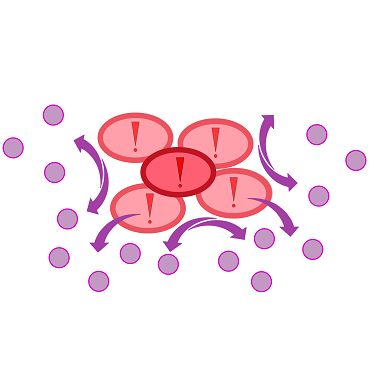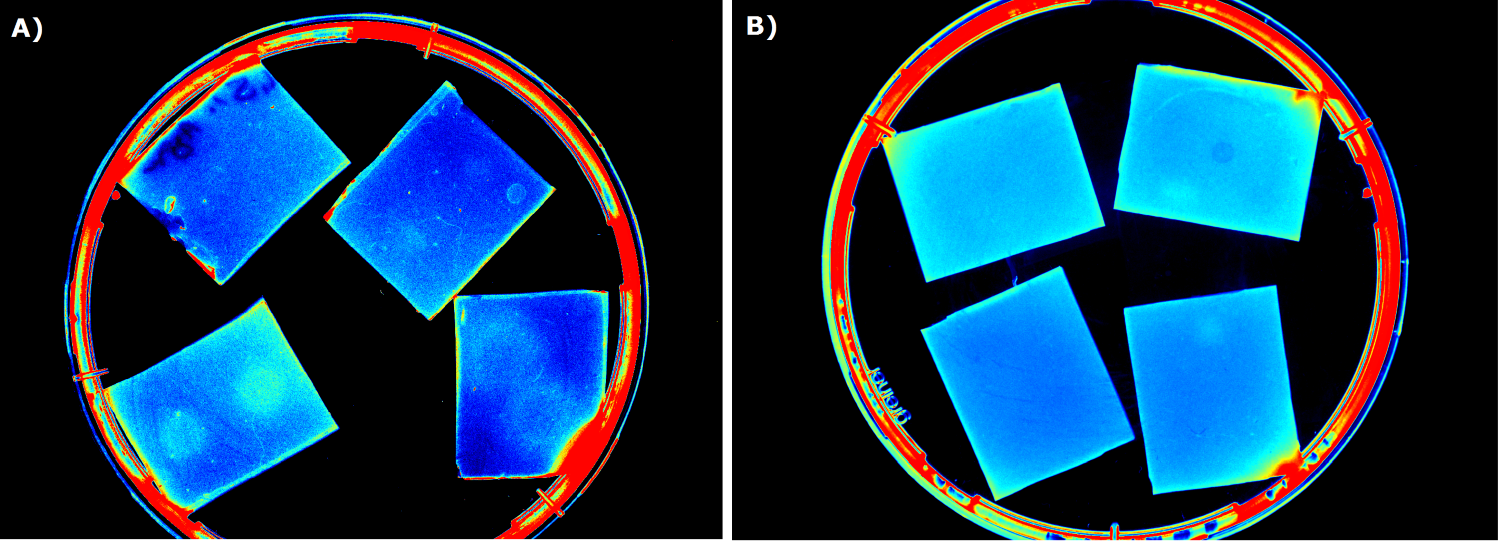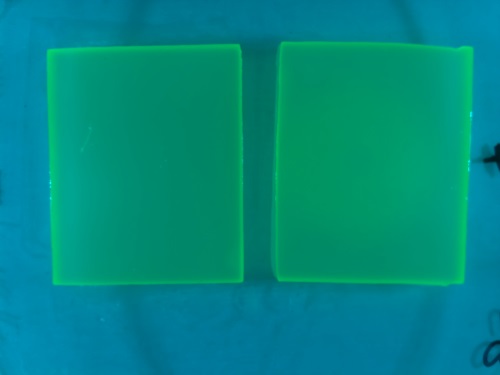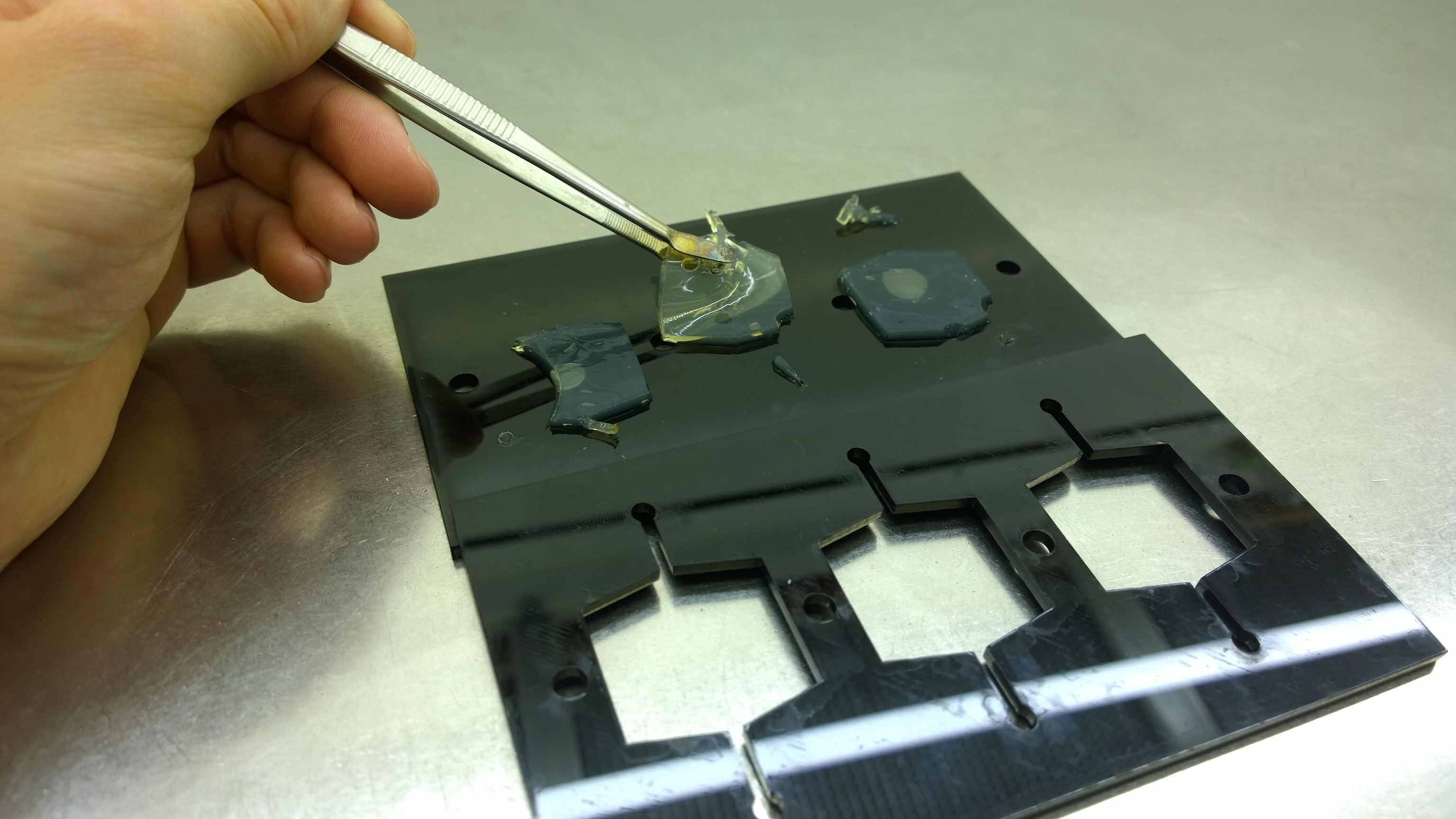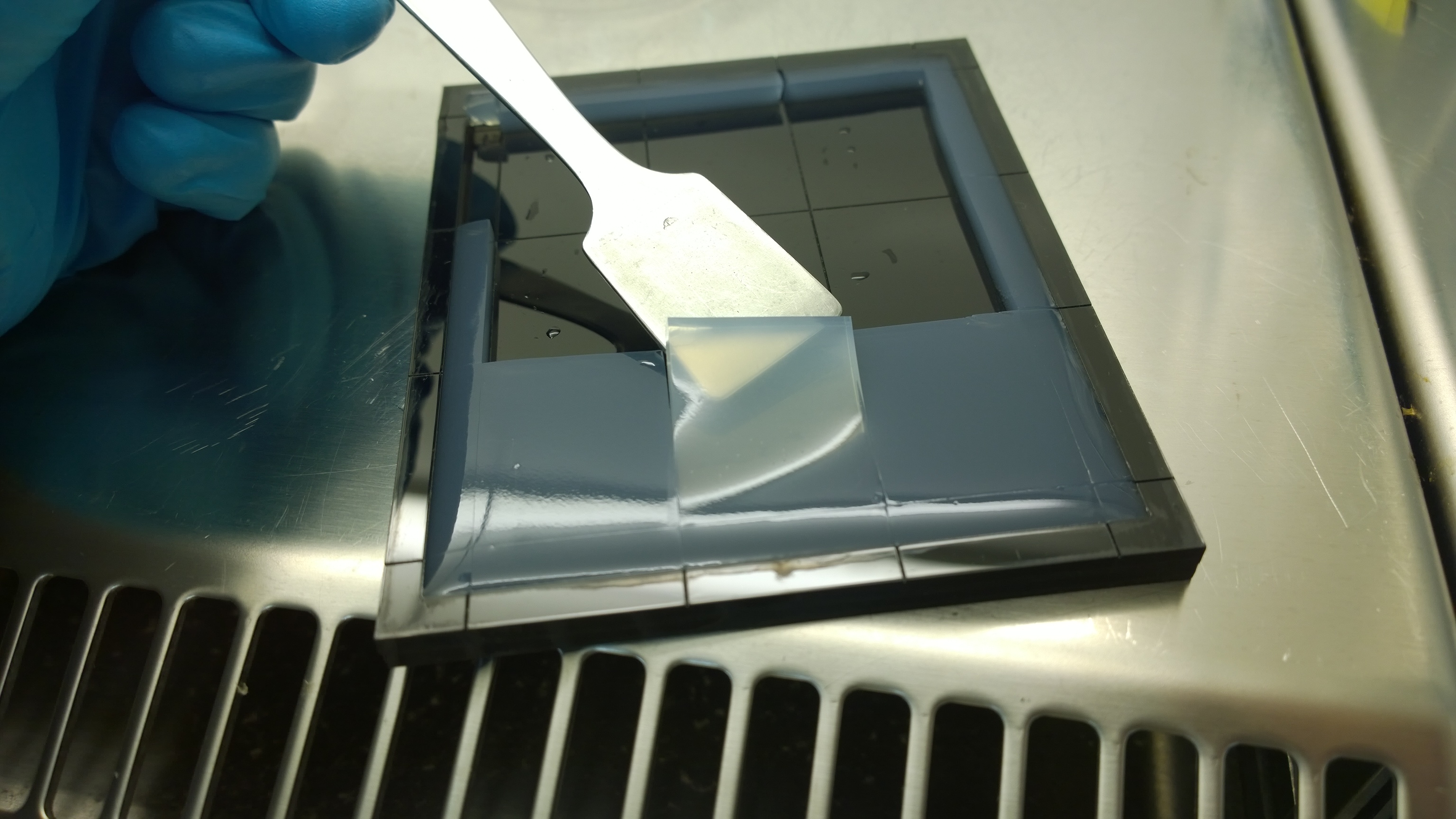Team:Aachen/Project/2D Biosensor
From 2014.igem.org
Aschechtel (Talk | contribs) (→Induction) |
Aschechtel (Talk | contribs) (→Medium) |
||
| Line 103: | Line 103: | ||
=== Medium === | === Medium === | ||
| - | Prior to using our own device for detection of fluorescence emitted by the sensor chips we used equipment readily available in the lab. A Molecular Imager® Gel Doc<sup>TM</sup> XR+ from BIO-RAD was available which uses UV and white light illuminators. However, only two different filters were available for the excitation ligth wavelength, which resulted in very limitted possibilities for the excitation of fluorescent molecules. For example, it was possible to detect the expression of iLOV in our sensor chips but the detection of GFP was not possible. It was thus determined that the Gel Doc<sup>TM</sup> | + | Prior to using our own device for detection of fluorescence emitted by the sensor chips we used equipment readily available in the lab. A Molecular Imager® Gel Doc<sup>TM</sup> XR+ from BIO-RAD was available which uses UV and white light illuminators. However, only two different filters were available for the excitation ligth wavelength, which resulted in very limitted possibilities for the excitation of fluorescent molecules. For example, it was possible to detect the expression of iLOV in our sensor chips but the detection of GFP was not possible. It was thus determined that the Gel Doc<sup>TM</sup> was not suitable for our project. |
{{Team:Aachen/Figure|Aachen_ILOV_GFP_HM_1,5h.png|title=iLOV and GFP in the Gel Doc<sup>TM</sup>|subtitle= sensor cells producing 1.5 h after induction A) iLOV B) GFP |width=900px}} | {{Team:Aachen/Figure|Aachen_ILOV_GFP_HM_1,5h.png|title=iLOV and GFP in the Gel Doc<sup>TM</sup>|subtitle= sensor cells producing 1.5 h after induction A) iLOV B) GFP |width=900px}} | ||
| Line 114: | Line 114: | ||
In our device ''WatsOn'', optimized wavelengths of 450 nm and 480 nm were used for excitation of iLOV and GFP, respectively. When exposed to either excitation wavelength the TB medium showed minimal background fluorescence and no difficulties were observed in cultivation of our ''Cellocks''. Furthermore, a reduction of background fluorescence compared to TB medium was observed when using LB medium for sensor chip manufacturing in combination with fluorescence evaluation using ''WatsOn''. | In our device ''WatsOn'', optimized wavelengths of 450 nm and 480 nm were used for excitation of iLOV and GFP, respectively. When exposed to either excitation wavelength the TB medium showed minimal background fluorescence and no difficulties were observed in cultivation of our ''Cellocks''. Furthermore, a reduction of background fluorescence compared to TB medium was observed when using LB medium for sensor chip manufacturing in combination with fluorescence evaluation using ''WatsOn''. | ||
| - | |||
=== Agar Concentration === | === Agar Concentration === | ||
Revision as of 13:21, 16 October 2014
|
|
|
|
|
 "
"
